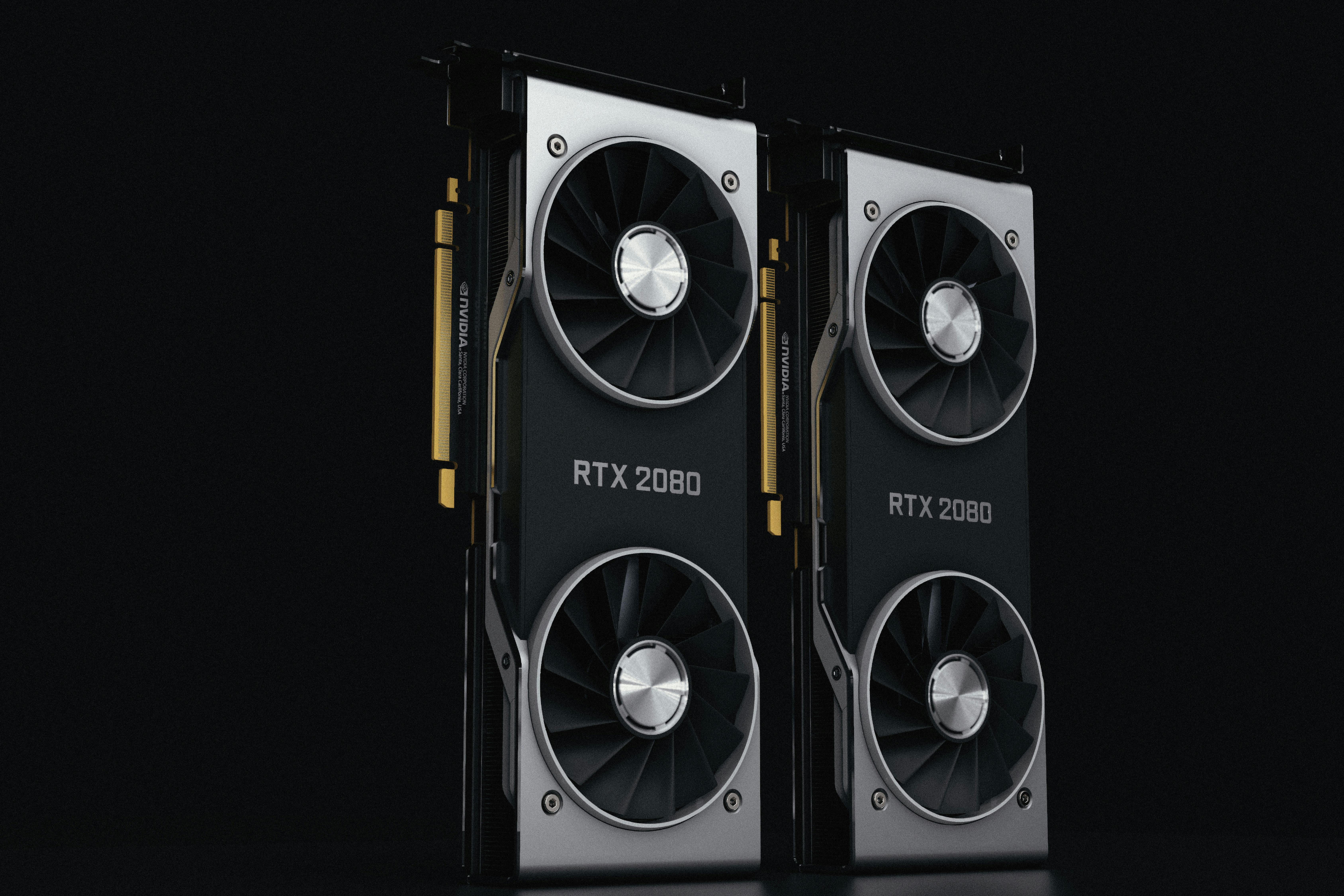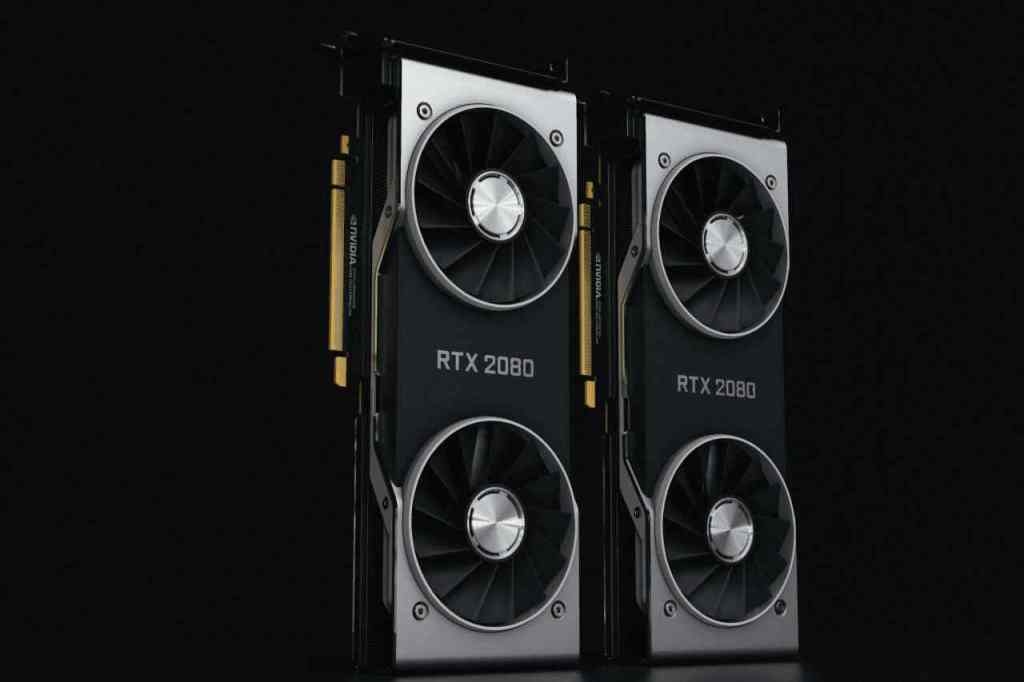
The Colossal Energy Demands of AI Scalability
The ambition of AI development is inextricably linked to its enormous appetite for energy. As AI models become more complex and their applications more widespread, the demand for high-performance computing—and the power to fuel it—skyrockets. This presents one of the most significant bottlenecks for AI’s continued scalability.
Data Centers: The New Powerhouses
The scale of data center build-outs required for AI is truly immense. OpenAI’s ambitious plan to construct 10 gigawatts (GW) of data center capacity is a prime example, comparable to the output of multiple large nuclear reactors. This staggering energy requirement is not unique to OpenAI. Across the United States, data centers are set to account for nearly half of the growth in electricity demand between now and 2030. Globally, electricity demand from data centers is projected to more than double by 2030, reaching around 945 terawatt-hours (TWh)—more than the total electricity consumption of Japan. AI is the primary driver of this surge. Electricity demand from AI-optimized data centers alone is predicted to quadruple by 2030. By 2035, power demand from AI data centers in the US could grow more than thirtyfold, reaching 123 GW, up from just 4 GW in 2024. These AI data centers can require dramatically more energy per square foot than traditional ones, with specialized hardware like GPUs consuming vast amounts of power.
The Grid in Crisis? Utility Challenges and Solutions. Find out more about Nvidia circular financing AI strategy.
This exponential growth in power demand places immense pressure on existing power grids and utilities. Traditional electrical grid planning and construction timelines, often taking 5 to 10 years for transmission and substation upgrades, are ill-equipped to meet the “time to power” urgency of AI developers. Hyperscale data centers can require 100 MW to 500 MW of power—equivalent to a small to medium-sized city. To bypass lengthy grid connection queues, data center developers are increasingly becoming energy developers themselves. Strategies include:
The need for such massive power also presents opportunities for investment in power generation and management technologies. Utilities are happy to onboard these large consumers, but the sheer scale and speed of AI-driven demand are forcing a rapid reimagining of energy infrastructure and planning. The implications extend to environmental sustainability as well. While AI offers potential for efficiency gains across industries, its direct energy footprint is substantial. As of October 2025, reports indicate that the world is still moving too slowly to meet climate goals, despite the energy transition gaining momentum. This highlights the critical need for energy-efficient AI solutions and sustainable power sourcing to prevent AI’s growth from exacerbating climate challenges.
The Dawn of New Financial Architectures in Technology. Find out more about Nvidia circular financing AI strategy tips.
The complex interplay between capital, innovation, and infrastructure in the AI sector is giving rise to entirely new ways of financing and structuring technological growth. The traditional models of venture capital and debt financing are being augmented, and in some cases, superseded, by more integrated and mutually beneficial approaches.
Beyond Traditional Funding: Integrated Financial Models
The “circular financing” model pioneered by Nvidia and its partners is a prime example of this evolution. By tying direct investment to future product sales and securing equity stakes, companies can de-risk their growth strategies and ensure consistent demand for their core offerings. This move away from purely transactional relationships creates a more robust, self-sustaining ecosystem. This integrated approach offers several advantages:
The Impact on the Broader Tech Landscape
This evolution in financial architecture is not confined to AI. It reflects a broader maturation of the tech industry, where leading companies are leveraging their financial strength to actively influence and support entire value chains. This strategic engagement goes beyond traditional mergers, acquisitions, or share buybacks. The concept of creating self-sustaining growth loops through strategic financial participation is likely to become more prevalent as the pace of technological change accelerates. We are seeing this trend manifest in various sectors, including financial services, where AI is transforming investment strategies and operational efficiency. [cite:1 financial] Banks, for instance, are increasingly integrating AI into their core strategies, driving significant operational efficiencies and customer experience enhancements. [cite:1 financial, 2 financial] As AI continues to permeate every aspect of business and society, innovative financial structures will be essential to fuel its development and deployment. These new models are not just about funding; they are about creating resilient, interconnected ecosystems where investment, innovation, and infrastructure development go hand in hand, ensuring a more stable and prosperous future for cutting-edge technologies. The ability to adapt and innovate in financial strategies will be as critical as technological prowess itself.
Conclusion: Navigating the AI Frontier. Find out more about AI investor of last resort Nvidia definition guide.
The future of AI investment and development is a dynamic interplay of cutting-edge technology, immense infrastructural needs, and increasingly sophisticated financial engineering. As of October 2025, the AI landscape is defined by powerful trends:
- Strategic Financial Engagements: Companies like Nvidia are redefining investment through “circular financing” models, acting as crucial “investors of last resort” to underwrite AI growth and secure their market position. This symbiotic approach, while drawing historical parallels, is adapting to the current robust demand from established tech giants and ambitious startups alike.
- The Energy Imperative: The insatiable energy demands of AI-powered data centers—projected to consume vast amounts of electricity—present a critical bottleneck for scalability. This is driving innovation in grid management, renewable energy partnerships, and on-site power solutions, transforming the relationship between tech infrastructure and utility planning.
- Evolving Financial Architectures: Traditional funding models are expanding to include integrated strategies that tie investment directly to future product sales and equity stakes. This fosters self-sustaining growth loops and reflects a maturation of the tech industry, where giants actively shape their value chains.
The sheer scale of capital being deployed—hundreds of billions of dollars in 2025 alone—signals a fundamental shift. The AI ecosystem is solidifying, with Big Tech playing a dominant role. For investors and developers alike, understanding these interwoven financial, infrastructural, and technological currents is paramount. The companies that can navigate this complex terrain, balancing ambitious growth with sustainable practices and sound financial strategies, will undoubtedly lead the next wave of AI innovation. What are your thoughts on these evolving AI investment strategies? How do you see the energy demands shaping the future of data center development? Share your insights in the comments below!
